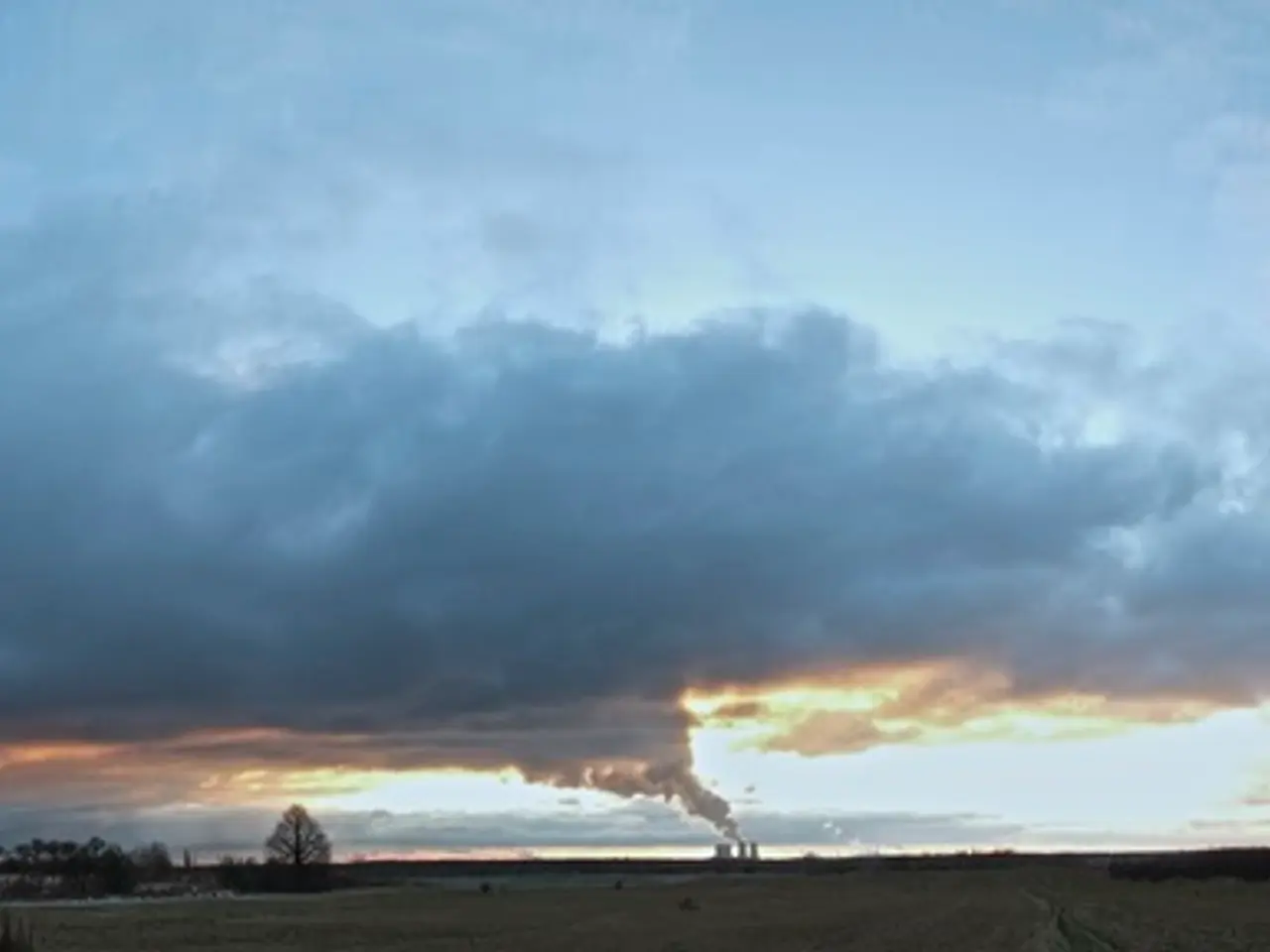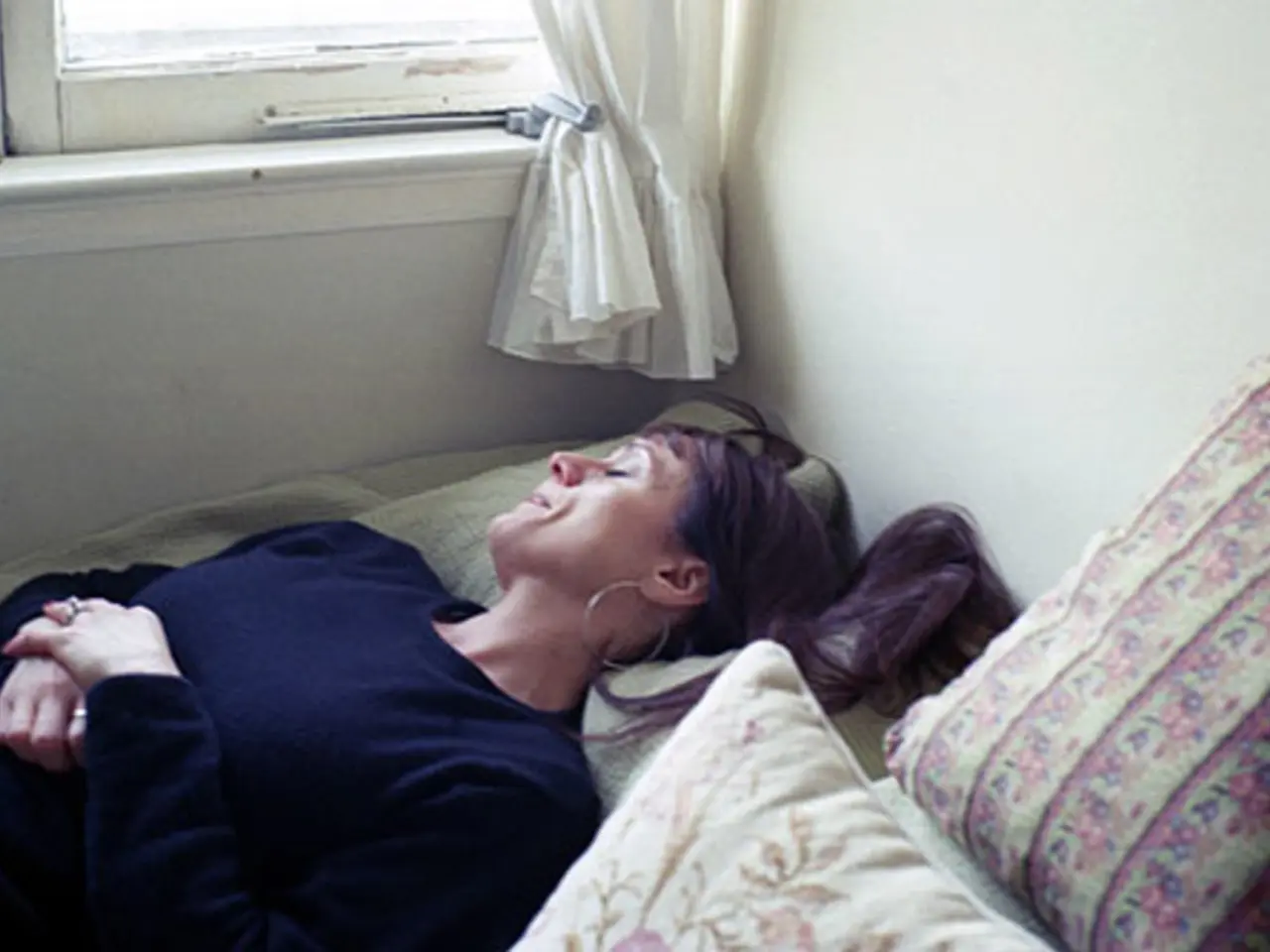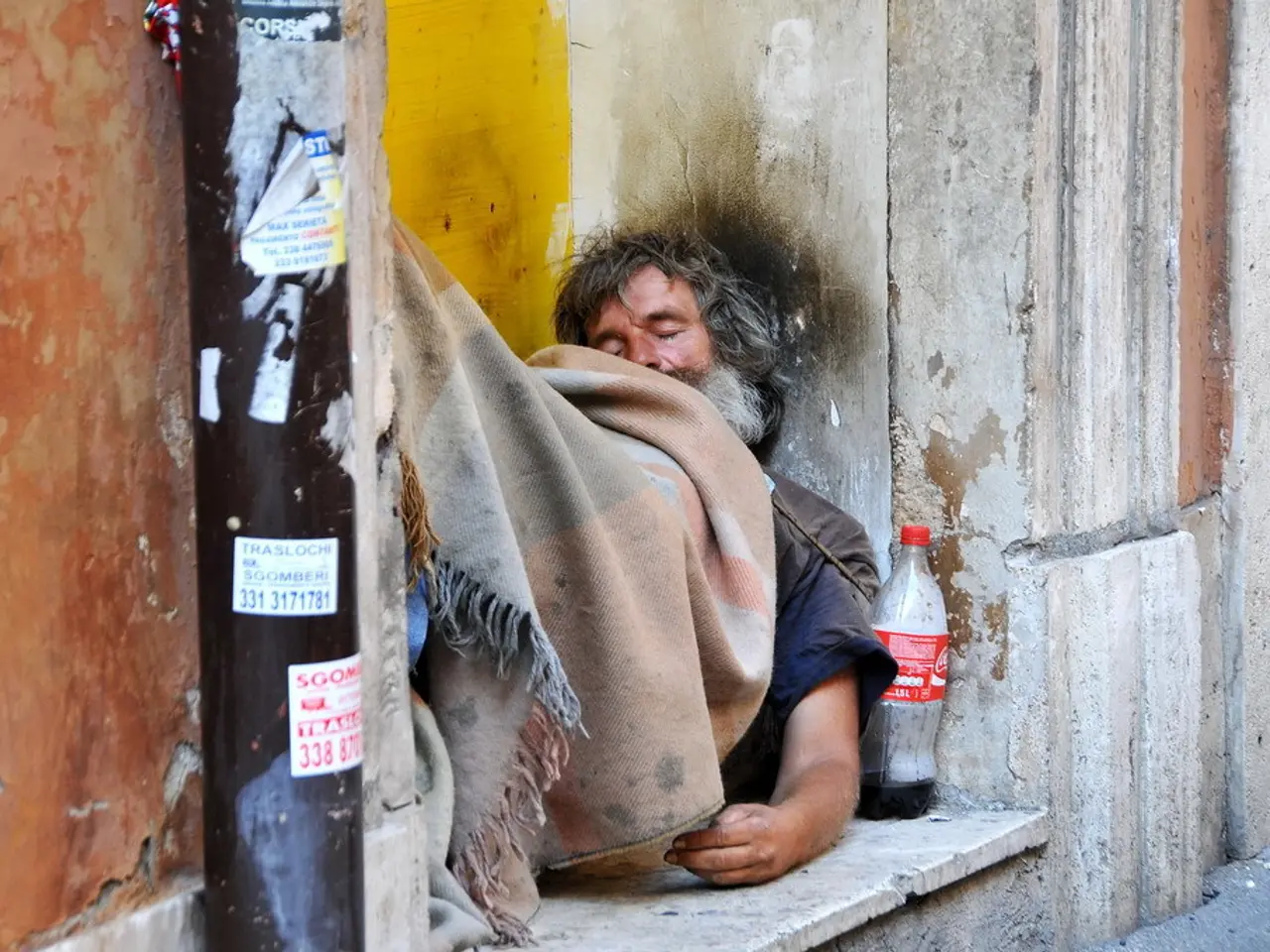Record-breaking sulfur emissions in Reykjavik during volcanic activity's initial phase
In the heart of Iceland's capital, Reykjavik, a thick volcanic haze continues to linger, posing several health concerns for its residents. The haze contains pollutants that transform into substances like sulfate (SO4) and sulfuric acid, which are not typically detected by standard sulfur dioxide (SO2) monitoring.
Health Effects of Sulfur Dioxide and Volcanic Haze
Exposure to SO2 can cause irritation in the eyes, throat, and nose, as well as coughing. It can exacerbate conditions like asthma and other respiratory issues. Healthy individuals may also experience respiratory symptoms and eye or throat irritation.
High levels of SO2 and volcanic haze can lead to more severe symptoms, including fatigue, headaches, and flu-like symptoms. These effects are not limited to sensitive individuals; healthy people may also experience such symptoms.
Children, the elderly, and those with respiratory or cardiovascular conditions are particularly at risk. It is advised that they limit outdoor activities and stay indoors with windows closed during periods of high pollution. It is not recommended for young children to sleep outside while the haze remains over the area.
Current Situation in Reykjavik
Recent SO2 levels in Reykjavik have reached or exceeded 2,000 micrograms per cubic meter, although there are signs of decreasing levels. Despite improvements, the air quality in Reykjavik remains a health risk, necessitating continued caution.
Dust masks provide no protection against gas pollution. Residents are advised to stay indoors with ventilation systems turned off and avoid physical exertion. Breathe through the nose as much as possible during this period.
The Reykjavik Health Authority advises residents to limit outdoor activity and avoid physical exertion, especially children and outdoor workers. The high levels of SO2 have been recorded at all monitoring stations across the city, according to the City of Reykjavik's website.
Residents are encouraged to monitor official air quality updates and follow health guidelines issued by local authorities to mitigate these health risks. The eruption activity on the Reykjanes Peninsula remains stable.
[1] City of Reykjavik's website [2] Reykjavik Health Authority [3] Icelandic Meteorological Office [4] Icelandic Environmental Agency [5] World Health Organization Air Quality Guidelines for Europe
[1] The health risks in Reykjavik persist as SO2 levels continue to linger at concerning levels, exceeding 2,000 micrograms per cubic meter. [2] It's crucial for residents, particularly children, the elderly, and those with pre-existing health conditions, to heed the advice from the Reykjavik Health Authority and limit outdoor activities during this period. [3] As the eruption on the Reykjanes Peninsula remains stable, attention must be focused on environmental-science research to understand the long-term implications of this sulfur dioxide eruption, such as its effects on climate-change and health-and-wellness, as well as the potential for future volcanic haze episodes. [4] The World Health Organization Air Quality Guidelines for Europe and local authorities' health guidelines are valuable resources to help residents navigate this challenging situation and protect their wellbeing. [5] Meanwhile, scientists in environmental-science and health fields will continue to monitor air quality and track the impact of the ongoing volcanic activity on the health, climate, and environment.




